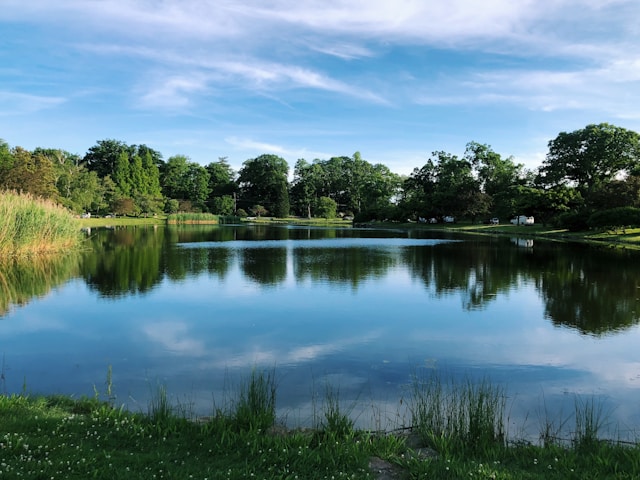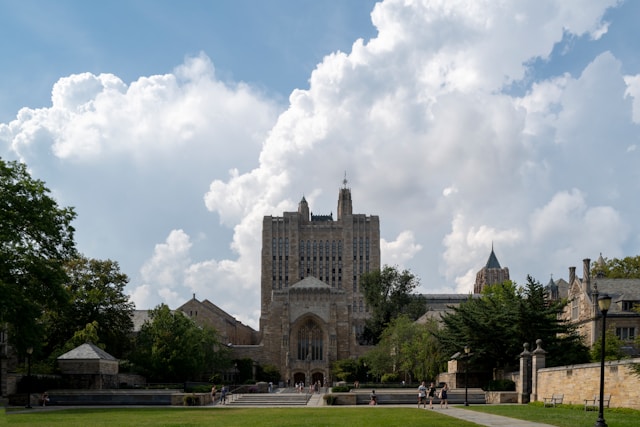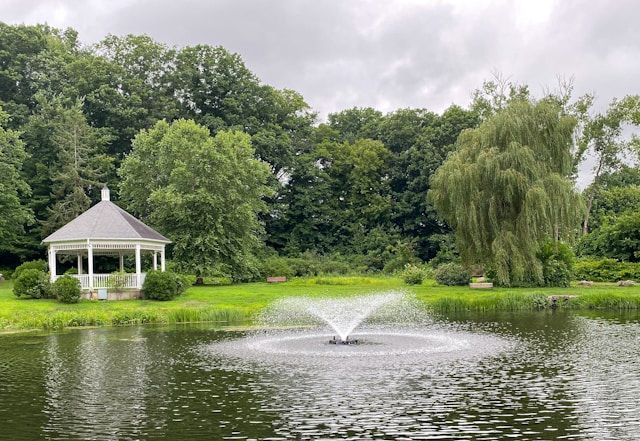Nestled in New Haven County, Waterbury played a crucial role in Connecticut’s labor history through its booming brass industry. This “Brass City” became a center of labor activity as unions grew dramatically in the early 20th century, with the number of labor unions in Connecticut expanding from 138 in 1898 to 591 by 1903. During this period of rapid industrialization, Waterbury’s brass workers organized through the Waterbury Brass Workers’ Union, which became affiliated with the CIO during the 1930s, creating a strong foundation for worker solidarity and rights activism.
The city’s industrial growth attracted diverse immigrant workers, with English immigrants coming to work in the brass mills and contributing to the economic development of the region. Labor tensions in Waterbury reached a notable peak in 1903 when the National Guard, equipped with Gatling guns, was sent to the city during labor disturbances. This dramatic response reflected the often contentious relationship between management and workers that characterized Connecticut’s developing industrial economy.
Get a discount of 15% to 70% on accommodation in Connecticut! Look for deals here:
Connecticut Hotels, Apartments, B&Bs
Walking through Waterbury today, visitors can still see the architectural legacy of this industrial past, with former brass mills and workers’ neighborhoods telling the story of Connecticut’s labor movement. The city’s industrial heritage represents a crucial chapter in the state’s transition to a manufacturing powerhouse, where the struggle for workers’ rights helped shape labor laws during the New Deal era.
Industrial Emergence and Labor Formation
Waterbury’s transformation from a small agricultural settlement to an industrial powerhouse shaped Connecticut’s labor landscape throughout the 19th century. The city’s strategic location and abundant water resources provided the perfect foundation for manufacturing growth.
The Brass City: Center of Manufacturing
Waterbury earned its nickname as “The Brass City” due to its dominant brass industry that emerged in the early 19th century. The Naugatuck River provided essential water power that fueled factory operations throughout the growing industrial center. By 1850, Waterbury had established itself as a manufacturing hub with companies like the Waterbury Clock Company leading innovation.
The brass industry created thousands of jobs and attracted skilled craftsmen from across the region and abroad. These workers formed the backbone of Waterbury’s industrial might, producing buttons, watches, and other brass goods that were shipped nationwide.
Manufacturing diversified beyond brass to include textiles and metal fabrication, creating a complex industrial ecosystem that required an ever-expanding workforce.
From Agricultural to Industrial: Workforce Transformation
Waterbury’s growth mirrored Connecticut’s broader industrial transformation as agricultural workers shifted to factory jobs. Originally settled in 1674 as part of Farmington, the area evolved from Mattituck Plantation to an industrial powerhouse.
This workforce transition wasn’t smooth – workers faced challenging conditions, long hours, and low wages. The mechanization of production processes meant craftsmen had to adapt to new roles or be replaced.
Immigrants played a crucial role in this transformation, bringing diverse skills and cultural backgrounds to Waterbury’s factories. They filled labor needs as the city’s industrial capacity expanded rapidly in the late 19th century.
The workforce shift created new social dynamics as factory owners accumulated wealth while laborers struggled, setting the stage for labor activism that would define Connecticut’s industrial relations for decades.
Socio-Economic Influence and Legacy
Waterbury’s economic development shaped Connecticut’s labor landscape through waves of immigration and educational adaptations that responded to industrial needs. The city’s labor history reflects both struggle and innovation in creating economic opportunities.
Immigration and the Making of a Diverse Workforce
Waterbury’s industrial growth attracted diverse immigrant populations who significantly shaped the city’s labor movement. In the late 19th and early 20th centuries, immigrants from Ireland, Italy, and Eastern Europe formed the backbone of “The Brass City’s” manufacturing workforce.
These immigrant communities established cultural enclaves throughout Waterbury neighborhoods, creating support networks that strengthened labor organizing efforts. During labor disputes, these tight-knit communities provided crucial solidarity.
The Mattatuck Museum preserves this rich heritage through exhibits documenting how these diverse populations contributed to Waterbury’s identity as a manufacturing powerhouse. Foreign-born workers often faced discrimination yet played essential roles in labor activism throughout Connecticut.
World War II brought further demographic changes as women entered the workforce in unprecedented numbers, permanently altering the city’s labor composition and expanding the influence of unions.
Education and Labor: Bridging Skills and Industry
Waterbury’s educational institutions evolved alongside its industrial needs, creating specialized training programs that prepared workers for manufacturing jobs. Technical education became a cornerstone of the city’s approach to workforce development.
Local trade schools collaborated with brass factories and clock manufacturers to develop curricula that addressed specific industrial skills. This partnership between education and industry created pathways for working-class residents to secure stable employment.
Waterbury’s industrial history influenced educational priorities throughout Connecticut, pioneering vocational training models that were later adopted statewide. The Connecticut State Department of Education incorporated these approaches into broader educational frameworks.
During economic transitions, these educational institutions played crucial roles in retraining workers as industries modernized. Today, educational programs continue to adapt to changing economic realities, preparing Waterbury residents for sectors beyond traditional manufacturing.
Get a discount of 15% to 70% on accommodation in Connecticut! Look for deals here:
Connecticut Hotels, Apartments, B&Bs








